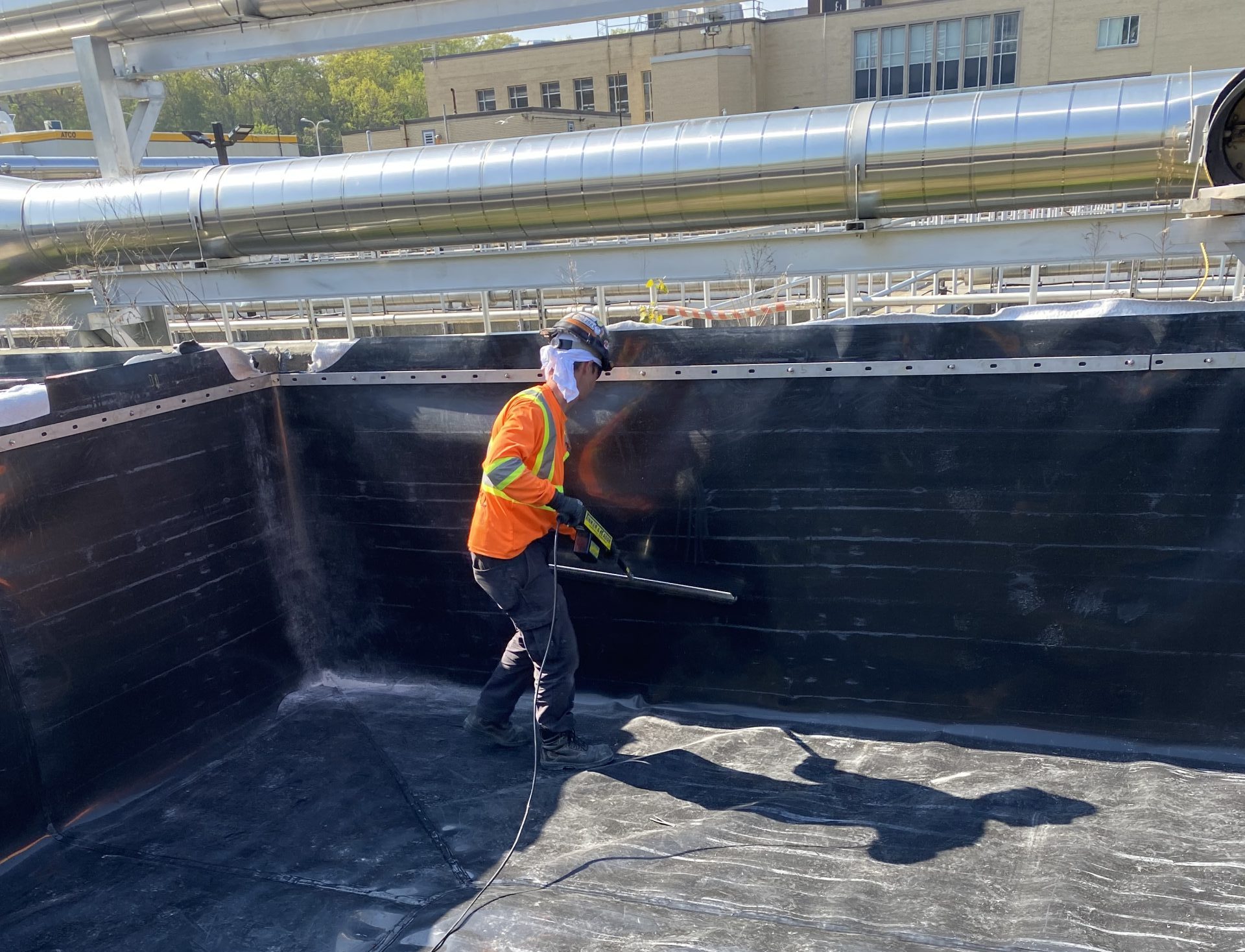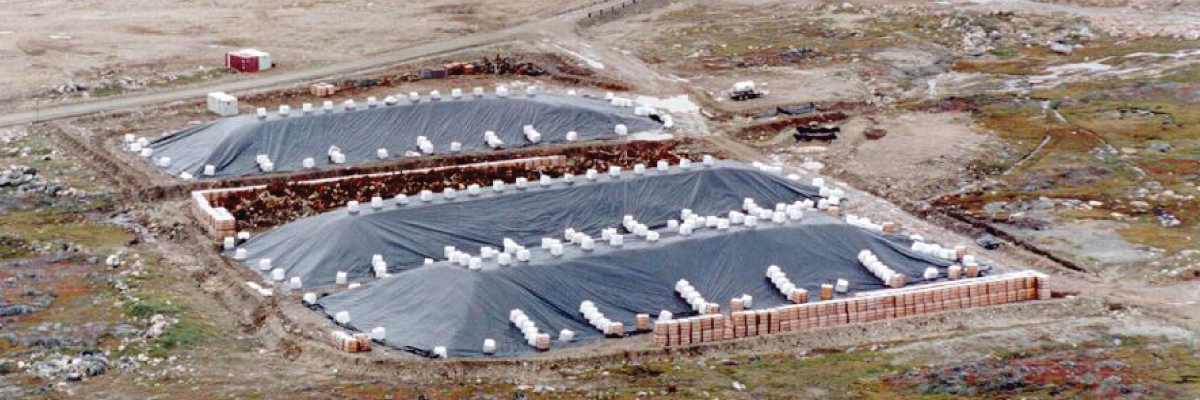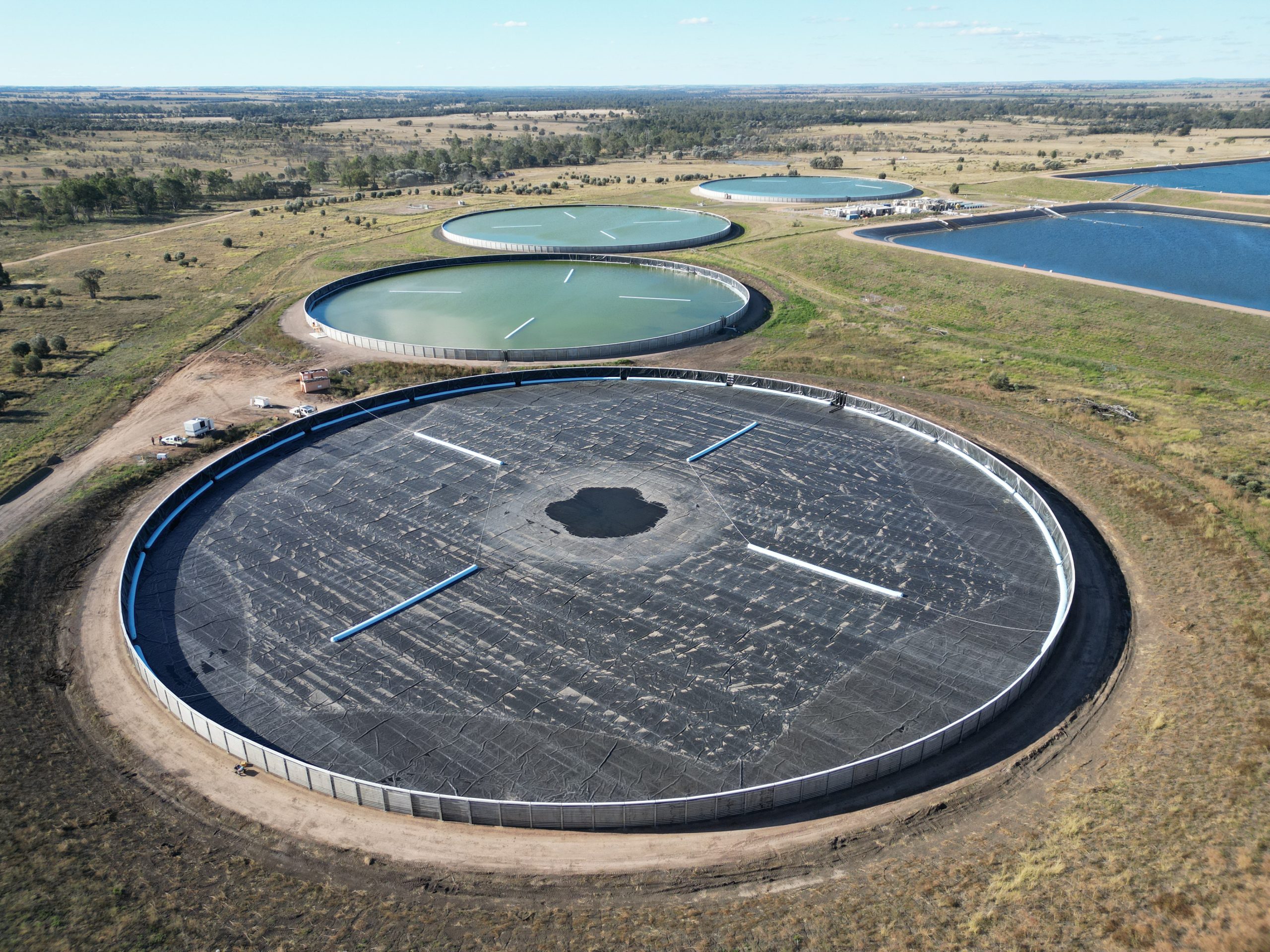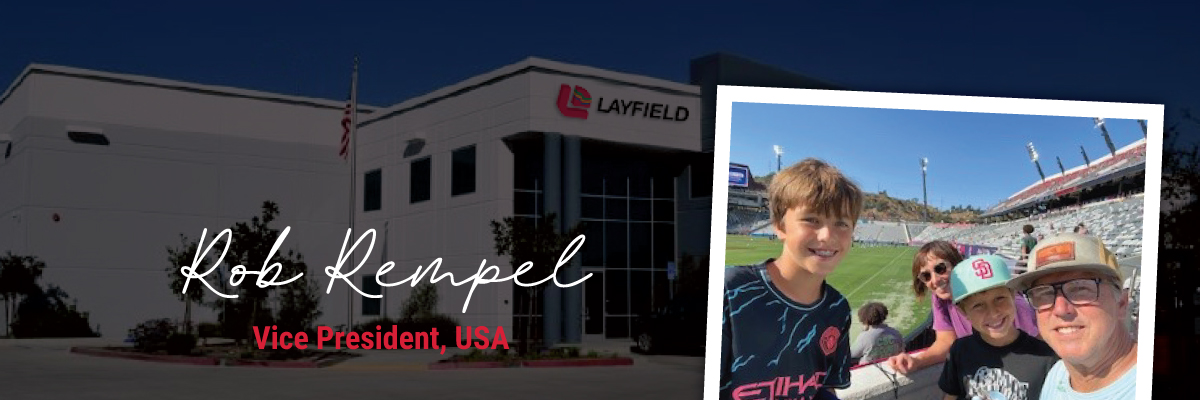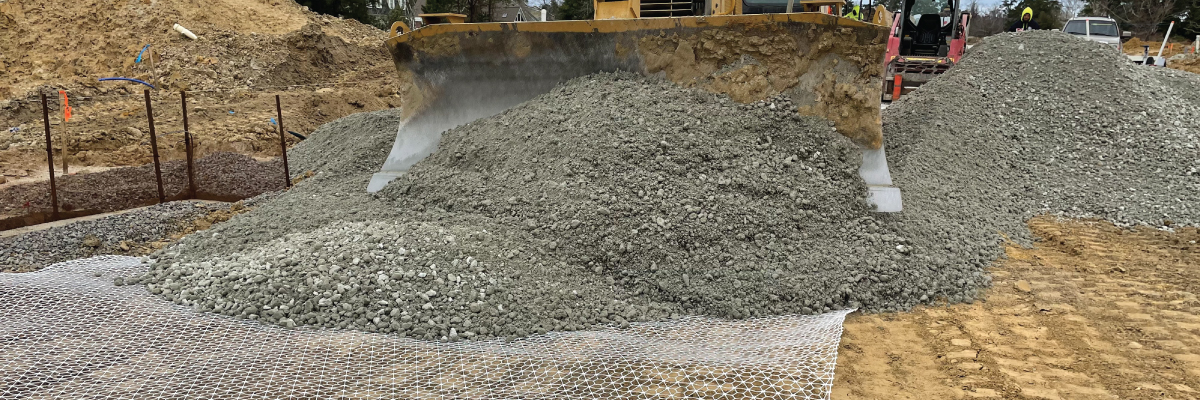Written by Rohit Sati | Layfield Geosynthetics
The integrity of a lining system depends largely on the condition of the prepared subgrade.
You can use earthworks to support, cover, protect, drain, and separate components of a geosynthetic lining system. One of the most critical aspects of earthworks for lining systems is your prepared subgrade. The condition of your prepared subgrade determines your lining system’s short and long-term integrity. In this Tech Note, we’ll discuss some key items for you to consider when evaluating the acceptability of your prepared subgrade.
Most soil materials, including locally available fill and imported processed materials, can be used in a prepared subgrade. Fine-grained, non-cohesive soils, such as sand or silty sand and most cohesive soils, such as clayey-silt glacial till, can be used as subgrade construction materials. The prepared surface should be uniform, well compacted, and free of sharp rock fragments or stones, large stones and other deleterious matter such as tree roots, construction debris and metallic objects. The surface should not have any natural or foreign objects that protrude above the surface of the subgrade.
In several instances, locally available fill is limited to coarse-grained, non-cohesive soil such as pit run gravel. Sometimes, the area to be lined lies within a coarse-grained deposit. Although these materials can be graded and compacted to a uniform and level subgrade surface, this surface should receive further treatment by applying a finer material, such as sand, to form a cushion or bedding for the lining system. The bedding material should be a minimum of 150 mm (6″) thick and should be compacted. This bedding thickness may have to be increased depending on local site conditions. Where bedding sand is unavailable, a non-woven geotextile may be used as an alternative.
Fine-grained, cohesive clay soils can be used as a subgrade construction material. Native clayey-silt or silty-clay glacial tills are often found in lining subgrades. These materials can be worked, graded, compacted and trimmed to create a smooth, level and competent surface; however, all angular and sharp rocks or stones should be removed from the surface or picked out of the prepared subgrade. Smooth, rounded stones less than 50 mm (2″) may remain within the prepared subgrade; however, these should be driven into the clay subgrade by applying a compacting effort so it does not protrude above the finished surface. The general rule of thumb is that all stones and rocks, regardless of shape and size, and clay lumps that lie above the subgrade surface should be removed.
The prepared subgrade should be compacted in accordance with the design specifications and standard engineering practice. Generally, this means that the subgrade should be compacted to a minimum 95% of maximum dry density according to the standard Proctor test (ASTM D698). The design of a prepared subgrade should carefully consider load-bearing requirements, the amount of subgrade deformation expected, and whether or not local differential settlement may occur. Deformation of your subgrade beneath a lining system can result in excessive stresses in the liner material, which, in turn, may cause the lining system to fail and leak. As a minimum, the subgrade should be firm and unyielding. It should be compacted to a level that permits the movement of construction equipment, liner deployment equipment, and other related traffic without causing surface rutting and/or deformation.
Compaction is especially important around pipe penetrations and concrete appurtenances. Often, the piping is added after the earthworks are completed, and compaction around the piping is done by a different method than that of the overall earthworks. The use of different compaction techniques can lead to differential settlement at the pipe penetration, which can cause lining system failure.
Final grading and the finished condition of the prepared subgrade is another critical issue. The surface should be levelled and prepared to a uniform finish free of abrupt or sharp changes in grade. The surface should not include pockets or voids of any kind and should not be rutted or contain soil windrows along the surface. In addition, the surface should be free of frost lumps and ice. If other methods are not feasible, a cushion of bedding sand or a geotextile cushion should be considered. The prepared subgrade should also be shaped and graded to facilitate surface drainage both prior to and during the installation of the lining system.
Care must be taken to maintain the prepared subgrade following completion. Vehicular traffic on the completed subgrade should be limited. Marks or ruts left in the subgrade by vehicular traffic should be repaired as soon as possible. The subgrade should be protected from desiccation, flooding and freezing. Standing water should be removed so the earthwork does not become saturated (or frozen in cold weather). A frozen subgrade, which is not unsuitable, can be covered with a bedding layer if the removal of small frost lumps is not practical. Again, a geotextile cushion layer could be used to correct an imperfect surface.
On projects that involve the Layfield, the subgrade will be inspected upon arrival at the site. Our project supervisors will inspect the condition of the subgrade and will issue a “Certificate of Acceptance of Soil Subgrade Surface” if suitable. Corrective actions and activities to maintain the subgrade in a suitable condition for lining (including dewatering) are the responsibility of the owner or the general contractor.
In some locations, a clay subgrade can be prepared and combined with a synthetic liner to create a composite lining system. When a low permeability subgrade is placed in intimate contact with a geomembrane, the combination of these two components forms a composite lining system. Composite liners are not double-liners. A composite liner combines the advantages of two materials, such as a geosynthetic liner and compacted clay soil, to complement each other. Composite liners are more effective in reducing the rate of leakage than either a geosynthetic or a soil liner alone.
Related Articles
View All News
